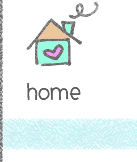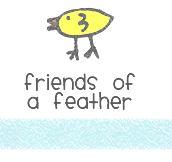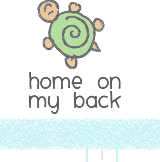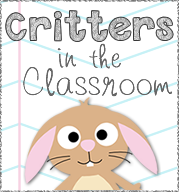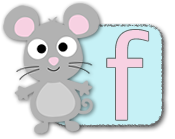For some reason, these creatures are always something that students want to learn about. How are spiders different than insects? What is an orb web? Are all spiders poisonous? How does the spider not get stuck in her own web? These are questions that students will ask because they are curious and inquisitive.
Did you know spiders are really useful animals and serve mankind well? They eat mosquitoes, grasshoppers, locusts and other insects that are harmful to man. A single spider may kill about two thousand insects in its lifetime. Even though you may be afraid of spiders, very few are dangerous. The black widow and the brown house (recluse) spider do have poisonous bites, but there are no other common house spiders known to be dangerous.
 |
| Spiders |
Spiders are not insects, and insects are not spiders. Spiders are arthropods because they have spinning glands used to create silken threads. Sometimes spiders are called arachnids because of their eight legs. Spiders and insects have different attributes. All insects have six legs, but all spiders have eight legs. An insect has a three-part body, but a spider has only two parts to its body. Insects have antennae or feelers, and spiders do not. Spiders can usually be found in basements, barns, garages, or attics. In warm weather, you can find them under rocks or logs, sitting on fences, or in the grass and flowers. There are about forty thousand different species of spiders.
Interested in learning more? Check out a ten page short mini reading/science unit about spiders. First, the students read a short passage about spiders. Then they answer several questions about the reading based on Bloom's Taxonomy, or they do an activity related to the reading passage. Activities include dictionary work, spider math problems, labeling the parts of a spider, and completing a spider web. This mini unit is appropriate for grades 3-5 and will take about five days to complete.
Interested in learning more? Check out a ten page short mini reading/science unit about spiders. First, the students read a short passage about spiders. Then they answer several questions about the reading based on Bloom's Taxonomy, or they do an activity related to the reading passage. Activities include dictionary work, spider math problems, labeling the parts of a spider, and completing a spider web. This mini unit is appropriate for grades 3-5 and will take about five days to complete.

